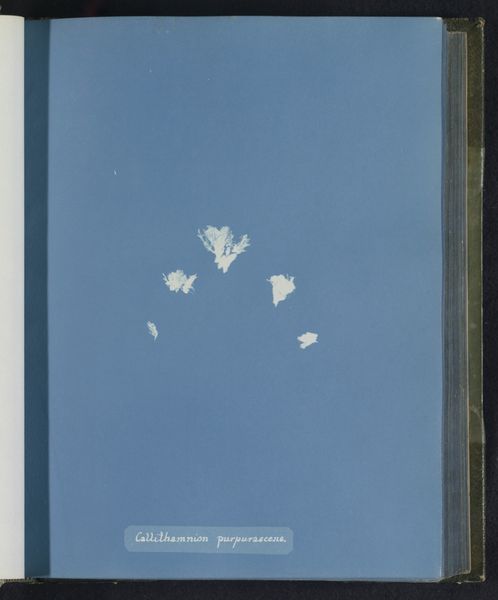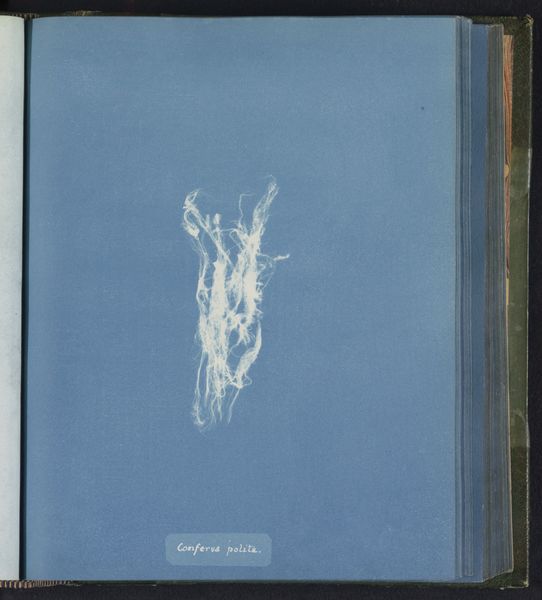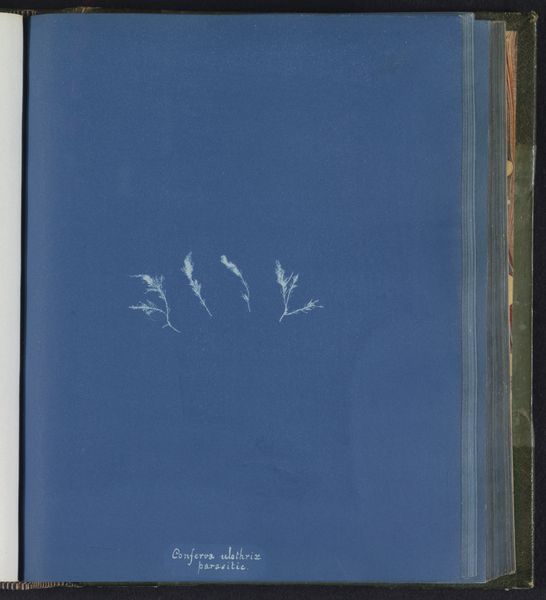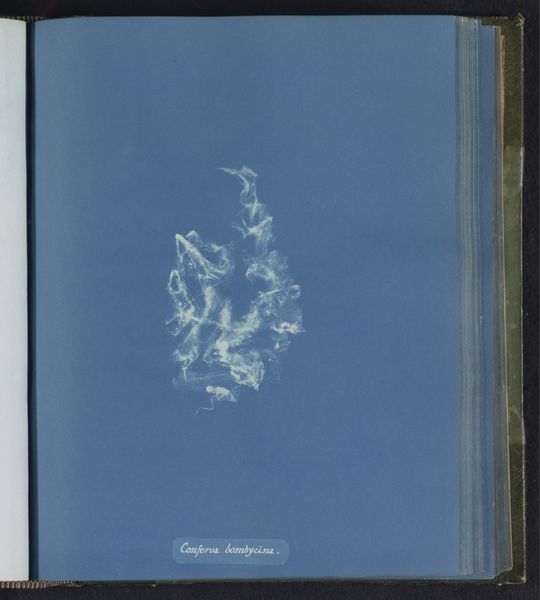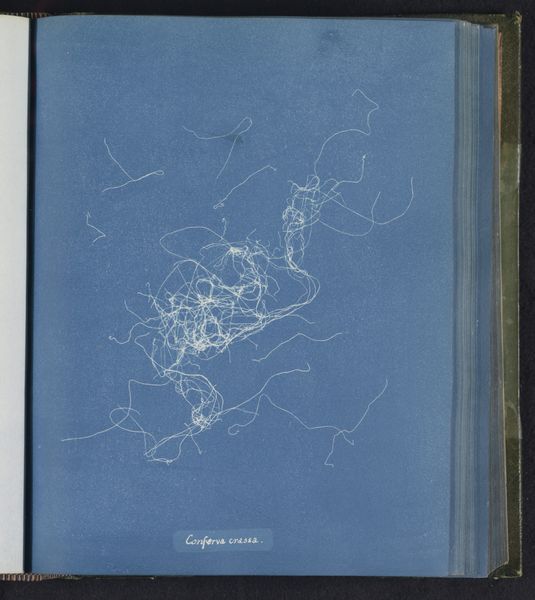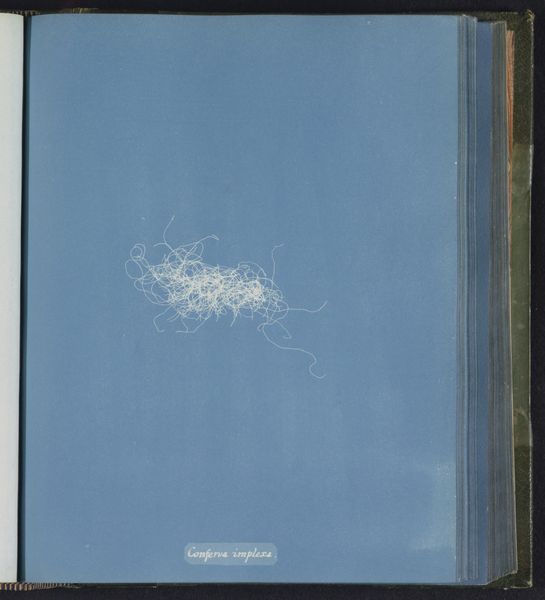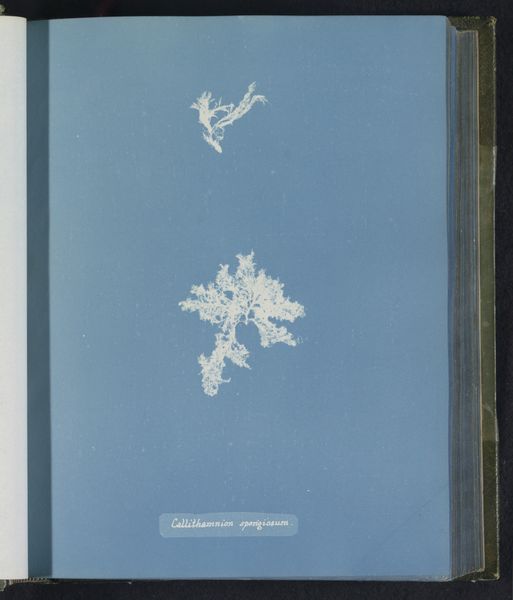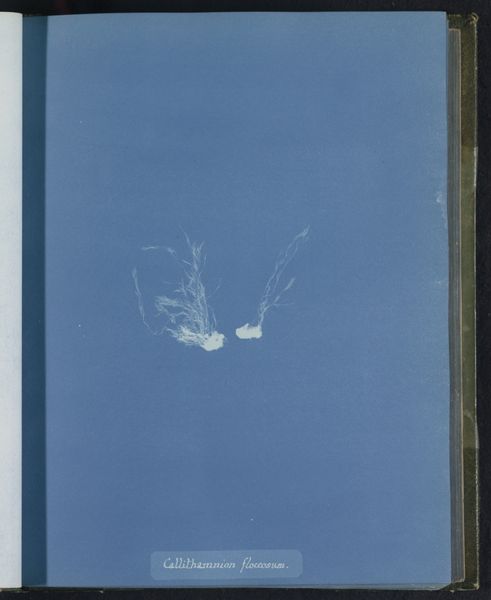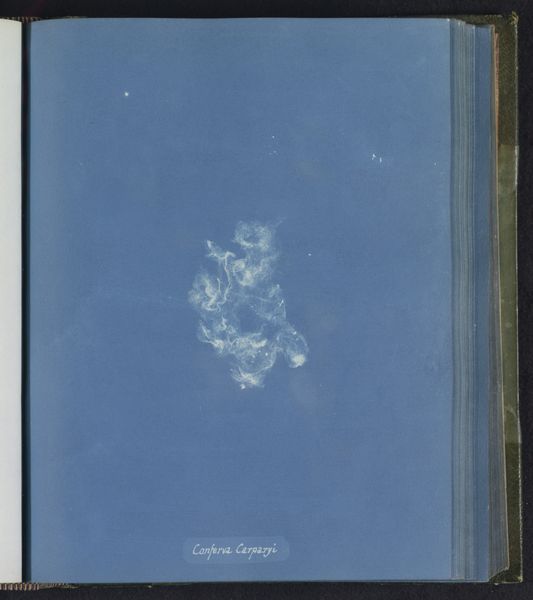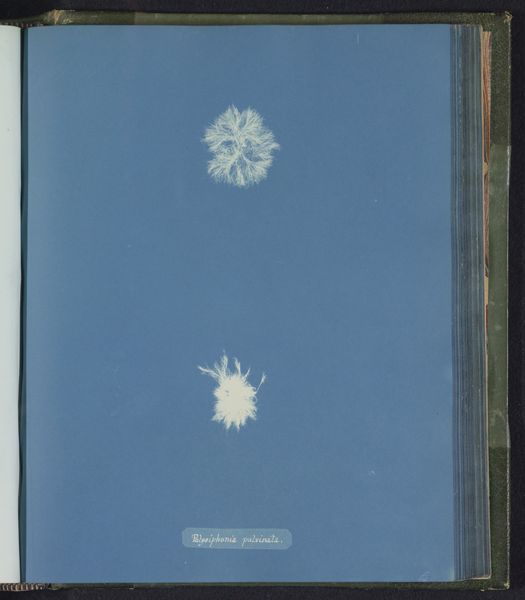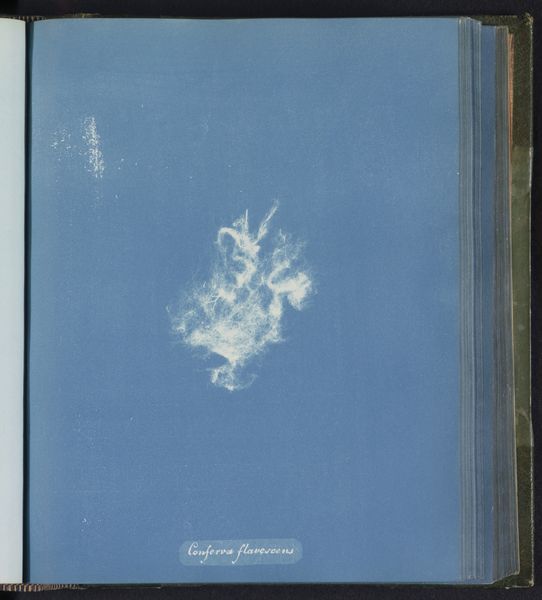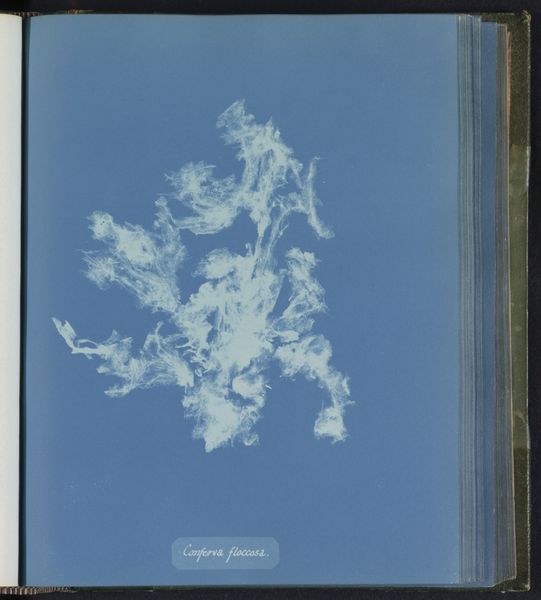
print, cyanotype, photography
#
still-life-photography
# print
#
cyanotype
#
photography
#
realism
Dimensions: height 250 mm, width 200 mm
Copyright: Rijks Museum: Open Domain
Curator: This is Anna Atkins' cyanotype "Fucus vesiculosus / β balticus", made sometime between 1843 and 1853. It presents a ghostly, ethereal depiction of seaweed. Editor: It’s like a photogram – very simple in its presentation, almost like a scientific record. What do you see in it? Curator: Well, I see a powerful commentary on the intersection of science, art, and gender in the Victorian era. Atkins was a botanist who used the cyanotype process, a very early form of photography, to document algae specimens. But it’s more than just documentation. Editor: How so? Curator: Think about it: at a time when women were largely excluded from scientific circles, Atkins claimed her space by using her artistic and scientific knowledge. This image, a print of seaweed, challenges traditional gender roles and the perceived boundaries between art and science. The blue cyanotype itself becomes a symbol of female intellect and creativity. Editor: So, it’s not just a pretty picture of seaweed; it’s a quiet act of resistance? Curator: Exactly. By publishing these cyanotypes in her book, *Photographs of British Algae*, Atkins was making a statement. It spoke to the access of education as well as to what was accepted within photography as an artistic medium.. Editor: That's fascinating! I hadn’t considered the feminist implications before. Curator: The context enriches the work. Considering Atkins' position in society truly deepens the layers of interpretation. Editor: Thanks for providing such rich background, I see this piece differently now.
Comments
No comments
Be the first to comment and join the conversation on the ultimate creative platform.
